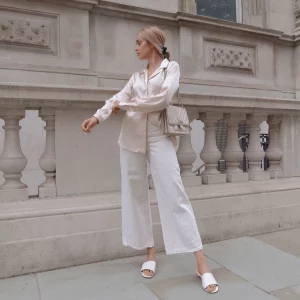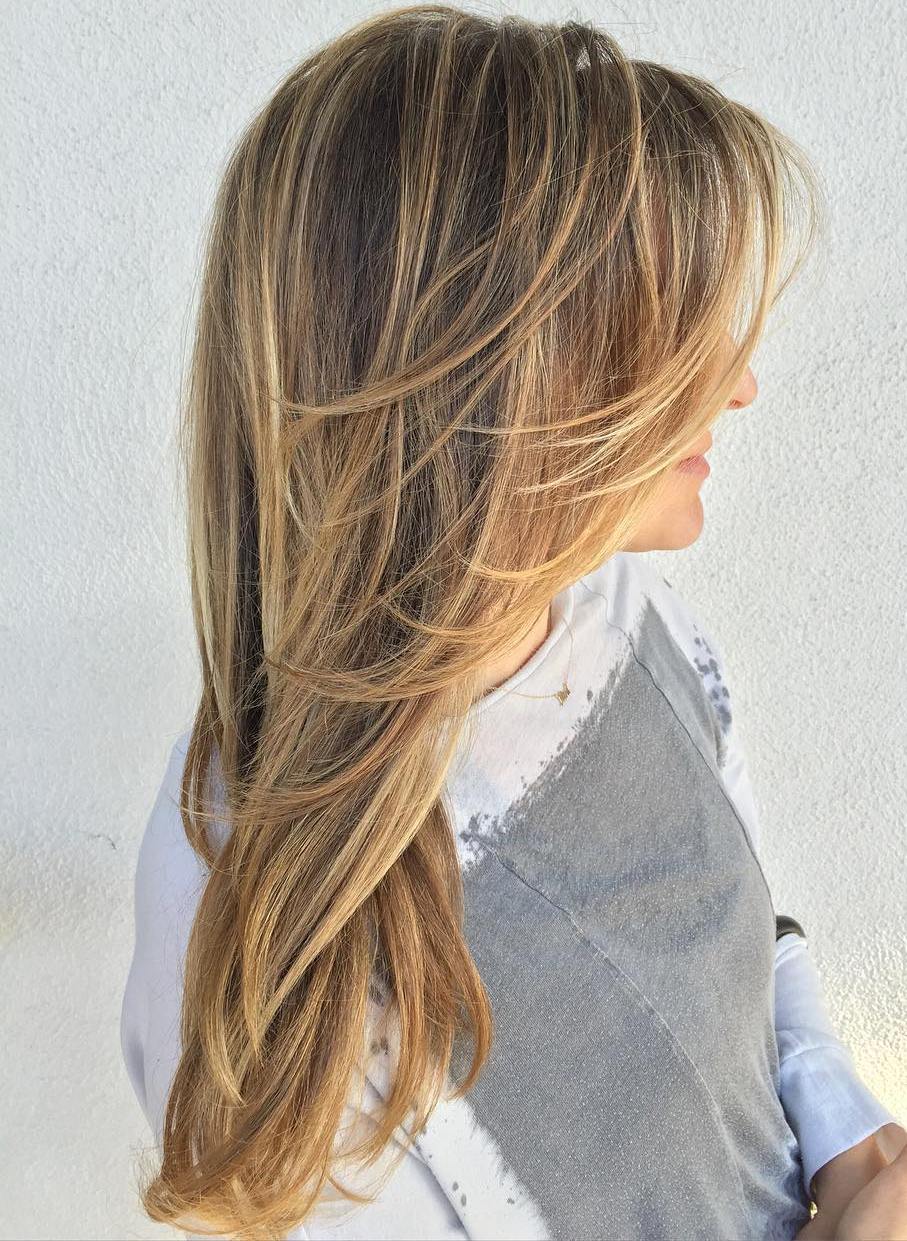
Are you tired of the same old black and white? Do you want to add a splash of color to your life? Well, look no further than the world of color combinations! From classic pairings like red and blue to more unique choices like purple and orange, there are countless possibilities. But which two colors reign supreme? In this article, we will explore different color combinations and delve into the psychology behind them, uncovering which duo is truly the best.
Importance Of Choosing The Right Colors
Colors play a significant role in our lives, impacting our moods, emotions, and even decision-making processes. Choosing the right colors can make all the difference in how we perceive and interact with the world around us. For instance, warm colors like red and orange are known to evoke feelings of passion and excitement, while cool colors like blue and green tend to create a sense of calmness and tranquility.
In addition to affecting our emotions, colors also have psychological effects on people. Studies have shown that certain color combinations can influence behavior, such as red making people feel hungrier or blue promoting a sense of trustworthiness. Considering this influence is crucial when choosing two-color combinations for your brand or design project.
Furthermore, color choices can greatly impact the overall aesthetic appeal of any visual composition. Certain color combinations complement each other well and create harmony, while others clash or create a jarring effect. It is essential to consider factors such as contrast, saturation levels, and complementary hues when deciding on which two-color combination is best for your specific purpose. In doing so, you can ensure that your chosen colors not only convey the desired message but also visually engage your audience by creating an attractive composition that will leave a lasting impression.
Exploring Popular Color Combinations
When it comes to color combinations, there are endless possibilities that can create a variety of moods and aesthetics.
- One popular combination that has stood the test of time is black and white. The contrast between these two colors creates a classic, sleek look that is both timeless and sophisticated. Whether it’s in fashion or interior design, black and white can add elegance and refinement to any space.
- Another well-loved combination is blue and yellow. This pairing brings together two vibrant colors that evoke feelings of cheerfulness and positivity. Blue represents tranquility and calmness, while yellow symbolizes joy and optimism. Together, they create a harmonious balance that can brighten up any room or outfit. From sunny beach themes to cool nautical vibes, blue and yellow are versatile colors that can be used to create various styles.
Exploring different color combinations allows us to dive into the world of visual storytelling. By combining colors thoughtfully, we have the power to evoke emotions, set the tone, or make a statement with our designs. Don’t be afraid to experiment with new palettes like pink and green for a fresh take on pastels or orange and purple for a bold pop of complementary hues. Ultimately, the best color combination depends on personal preferences – so don’t hesitate to let your creativity run wild!
Analyzing The Impact Of Contrasting Colors
Contrasting colors have a powerful impact on our perception and emotional response. When two colors with opposing hues are combined, they create a visually striking effect that grabs attention and evokes strong emotions. For example, pairing vibrant red with calming blue stimulates both excitement and tranquility simultaneously, creating an intriguing visual dynamic.
The use of contrasting colors is not only eye-catching but also serves to emphasize certain elements within a design or artwork. By placing two contrasting colors side by side in the right proportions, one can create a sense of depth and dimension, making certain objects or areas stand out. This technique is often employed in graphic design to highlight key messages or focal points effectively.
Moreover, contrasting colors can also influence how we interpret information. Research has shown that using high-contrast color combinations improves readability and comprehension of written text. The contrast between dark fonts on light backgrounds or vice versa ensures better legibility, reducing eye strain for readers.
The Power Of Complementary Color Schemes
One of the most powerful tools in a designer’s arsenal is the use of complementary color schemes. These are pairings of colors that sit directly opposite each other on the color wheel, such as yellow and purple or red and green. The reason why complementary color schemes work so well is because they create a strong contrast that immediately catches the viewer’s attention.
When used effectively, complementary colors can elevate a design to new heights. They have the ability to make elements stand out and create a sense of energy and vibrancy. This can be particularly useful in marketing materials or advertisements where grabbing attention is crucial.
Furthermore, when complementary colors are strategically used in web design, they can also help improve user experience. By using contrasting colors for important elements like buttons or navigation menus, designers can guide users’ eyes to these areas and make them more noticeable and clickable.
Considering Analogous Color Combinations
Considering analogous color combinations can be a great way to create harmony and cohesiveness in your design. Analogous colors are those that are located next to each other on the color wheel. For example, a combination of blue, green, and turquoise or yellow, orange, and red. Using these colors together creates a sense of unity and balance as they share similar undertones.
One advantage of analogous color combinations is that they are pleasing to the eye as they often evoke natural settings such as sunsets or ocean landscapes. This makes them a popular choice for designs that aim to create a calming and soothing atmosphere. Additionally, using analogous colors allows for seamless blending in gradients or ombre effects which can add depth and dimension to your design.
Conclusion:
In conclusion, finding the best color combination for you ultimately comes down to personal preference and the desired emotion or mood you want to evoke. While it can be tempting to stick with safe and conventional choices, don’t be afraid to experiment with unexpected pairings that reflect your unique personality.
Remember, colors have the power to communicate different messages and convey various emotions. Consider how certain color combinations can influence perception and impact your overall aesthetic. For example, bold contrasts like black and white create a strong visual statement, while complementary hues like blue and orange evoke a harmonious feeling.
Ultimately, there are no strict rules when it comes to choosing color combinations; it’s all about exploring what resonates with you. Don’t be afraid to mix and match shades that may seem unconventional – after all, breaking away from tradition is often how new trends begin. So go forth, embrace your creativity, and let your personal style shine through the perfect color combination that speaks volumes about who you are.






